Earthenware vessel
Attributed to convict potter Thomas Ball, c1801–23
Excavated by archaeologists from the south wing of the Rum Hospital, this lead-glazed earthenware vessel probably once contained medicines or ointments for treating convict patients. It is thought to have been made by convict potter Thomas Ball, who ran a pottery at the Brickfields (now Haymarket) between 1801 and 1823. Ball’s trademark lead-glazed earthenware vessels like this one are among the earliest ceramics made in Australia.
Born in Staffordshire, where much of England’s pottery was manufactured, Ball was transported in 1799 on the Hillsborough with a seven-year sentence for highway robbery. Upon arrival in Sydney, Ball may have been put to work making bricks, and by 1801–02 he had selected land in the Brickfields where he established the first pottery business in the colony. By 1804 Ball had served out his sentence and was free to work for himself, and later reported that he ‘has had those premises twenty two years and has always had uncommon encouragement from every Governor during that period’. In 1827, years after he made this vessel, Ball fell ill and died, aged 42, at the Rum Hospital.
More artefacts
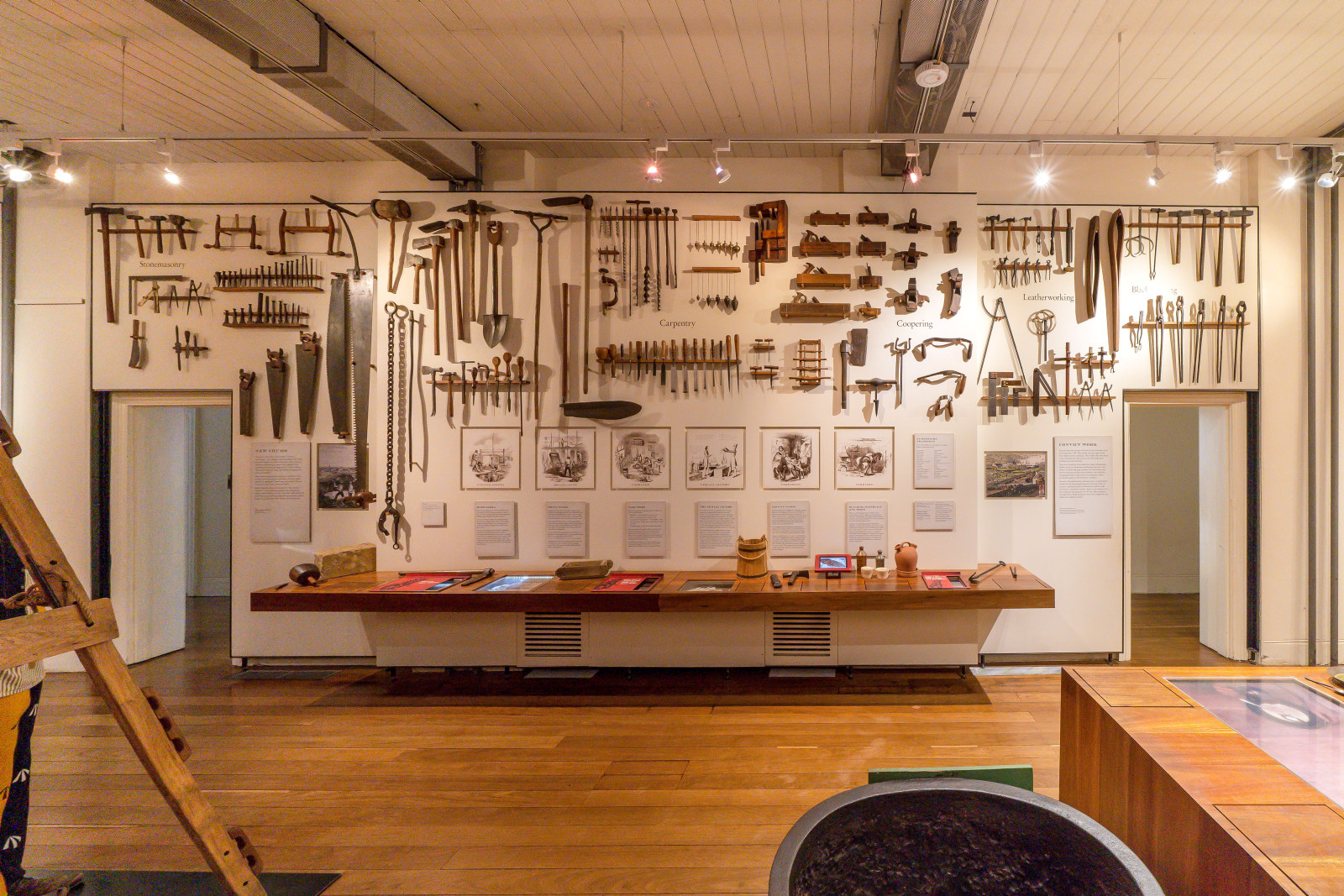
Convict Sydney
Objects
These convict-era objects and archaeological artefacts found at the Hyde Park Barracks and The Mint (Rum Hospital) are among the rarest and most personal artefacts to have survived from Australia’s early convict period
Related
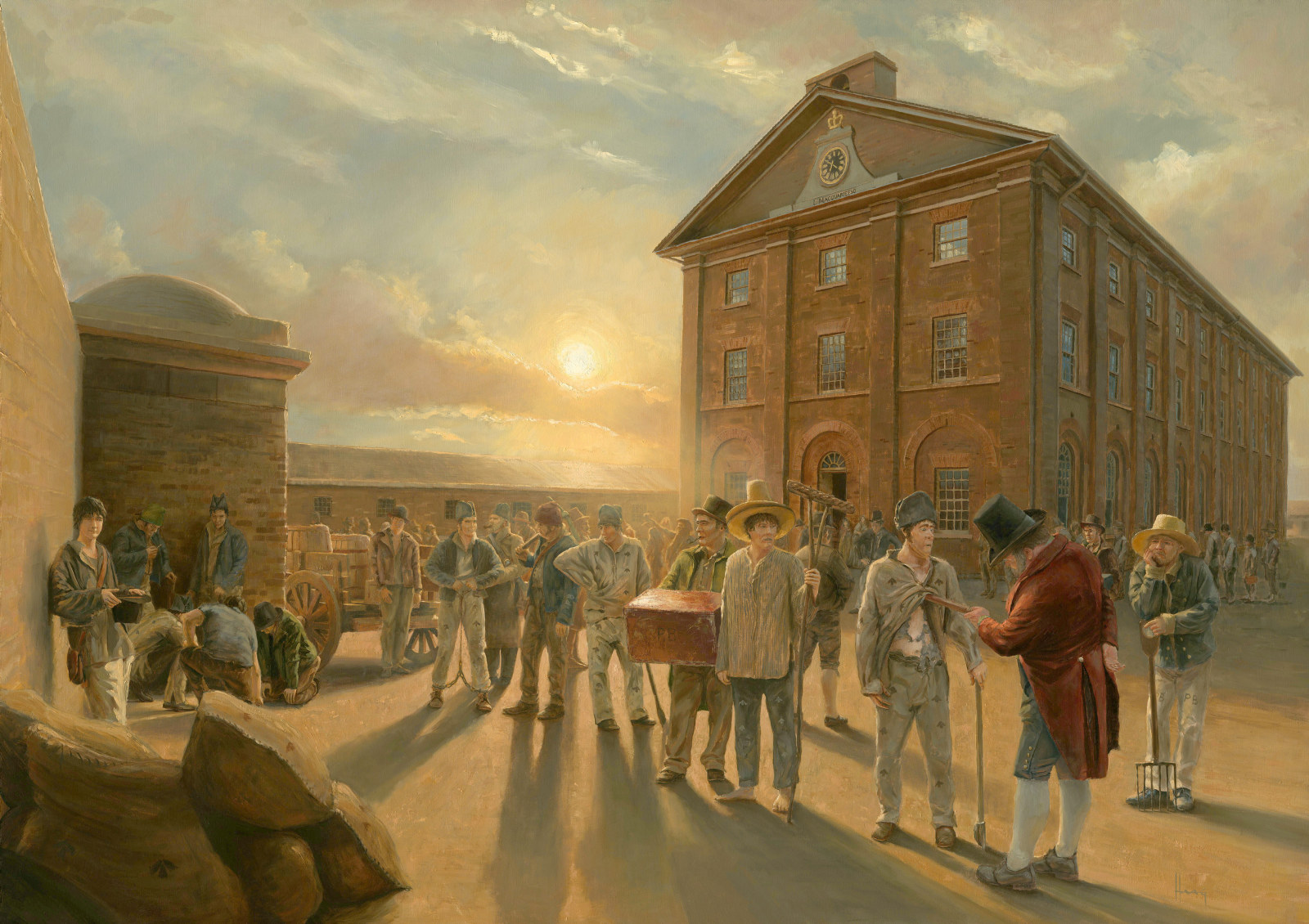
Convict Sydney
Convict Sydney
From a struggling convict encampment to a thriving Pacific seaport, a city takes shape
Published on
Convict Sydney
Browse all
Convict Sydney
Bible and prayer book
The name written inside the covers, with the year 1837, tells us these books once belonged to an English brass founder named Thomas Bagnall
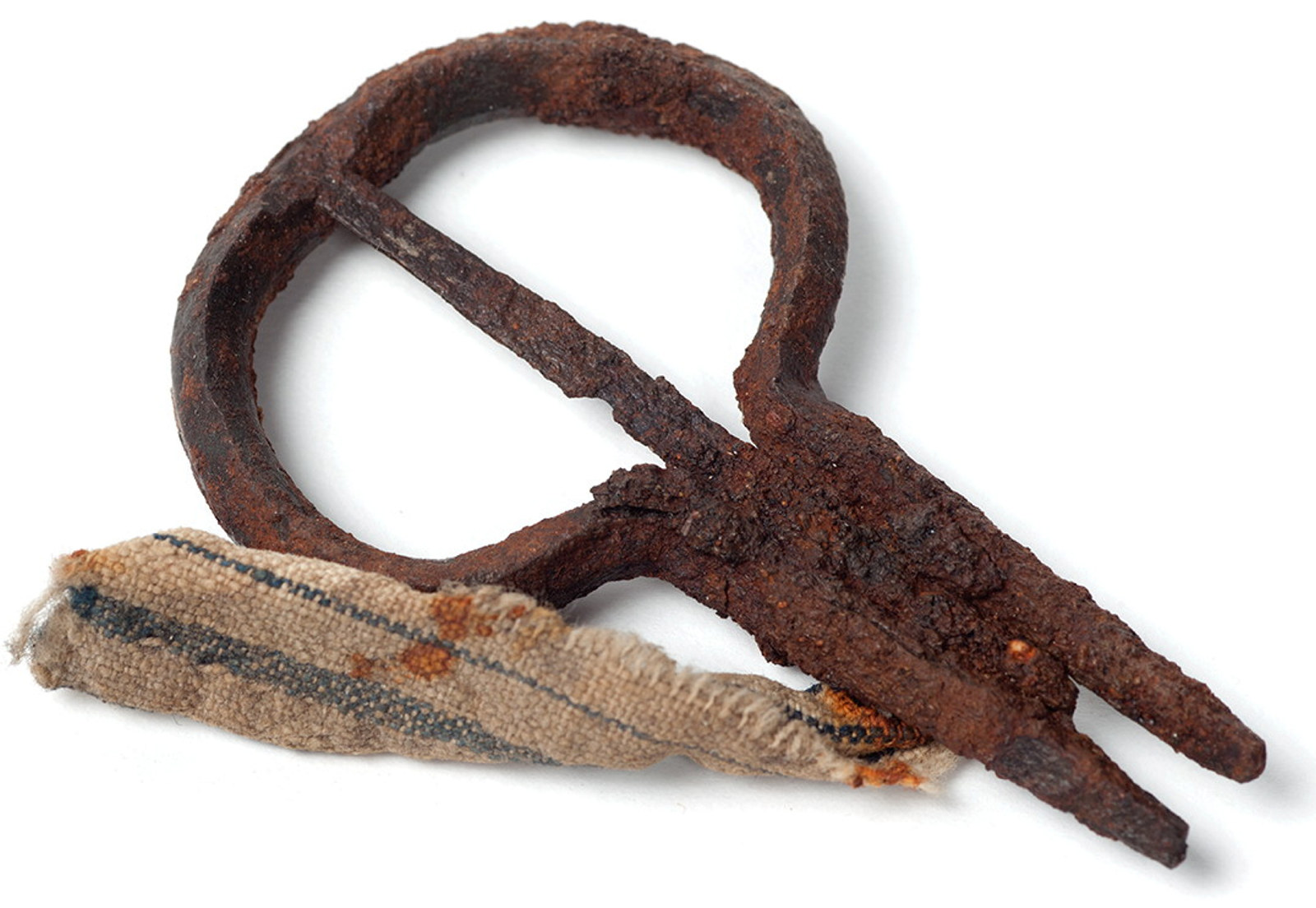
Convict Sydney
Jaw harp
This iron jaw harp was found by archaeologists at Hyde Park Barracks alongside other convict-era objects
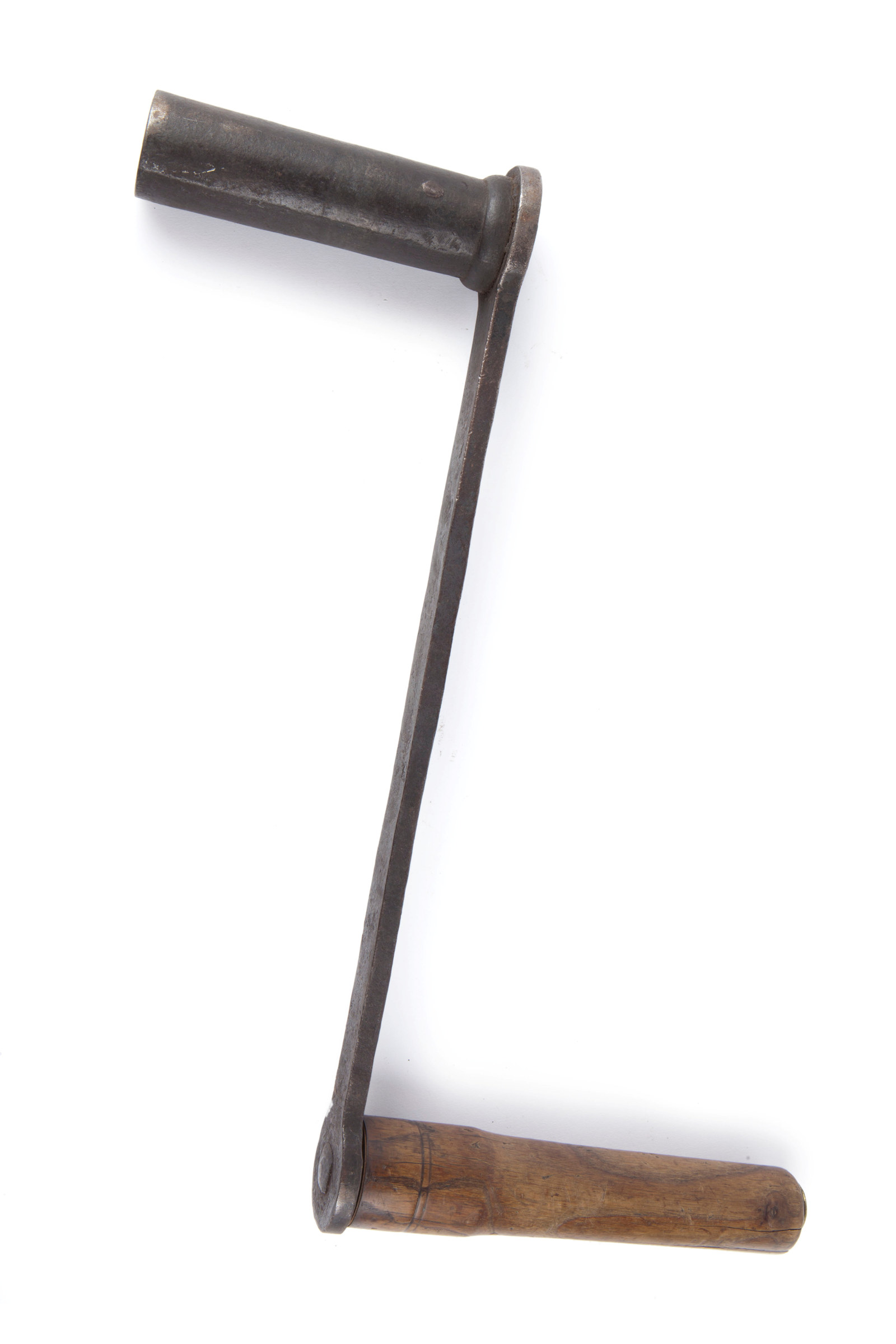
Convict Sydney
Clock-winding crank
This sturdy crank was used for many years to wind the Hyde Park Barracks clock
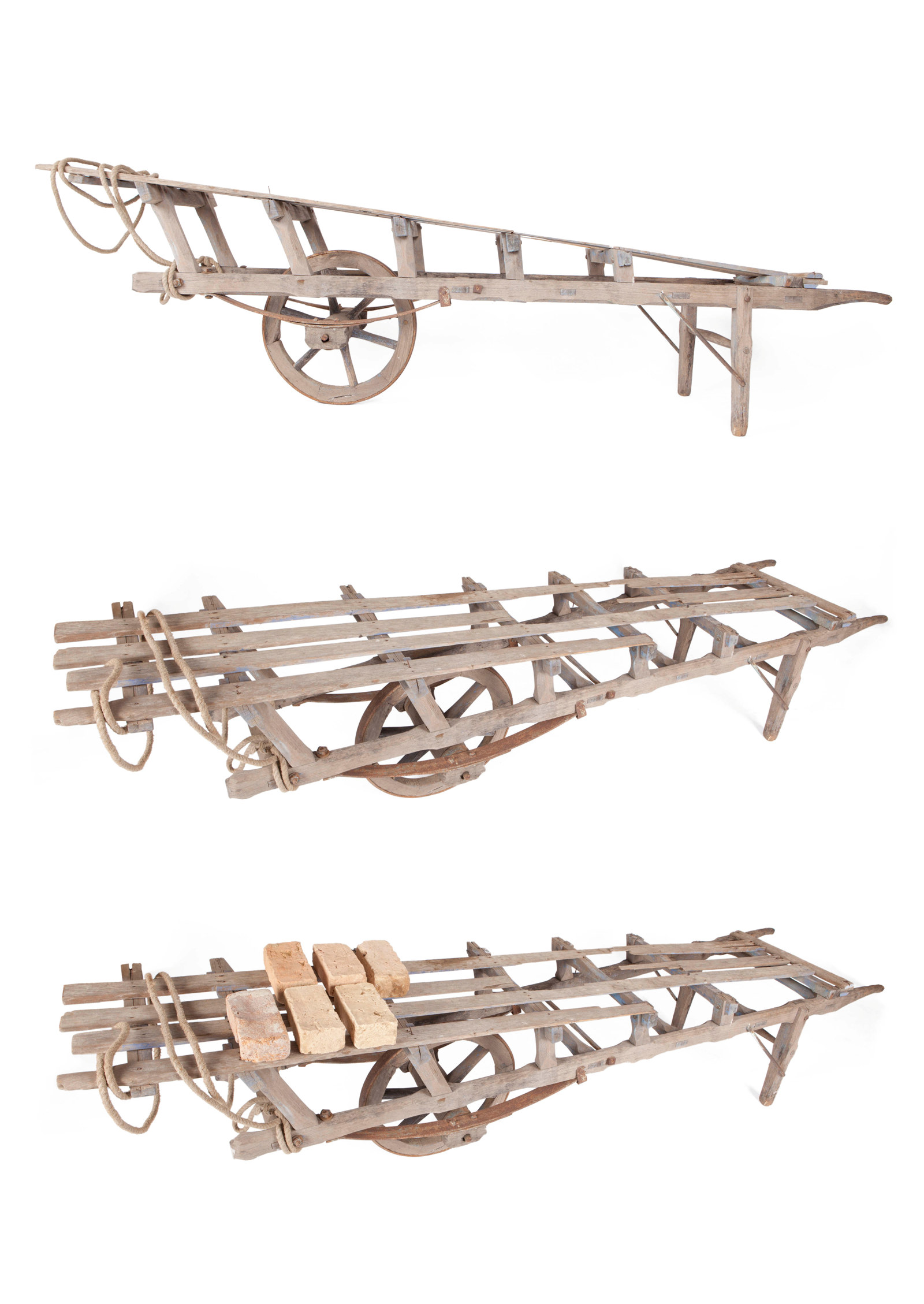
Convict Sydney
Hack barrow
Convict brickmakers working at the Brickfields (now Haymarket) used hack barrows like this one, stacking 20 or 30 wet bricks on the timber palings along the top, for transporting them from the moulding table to the ‘hack’ yard for drying
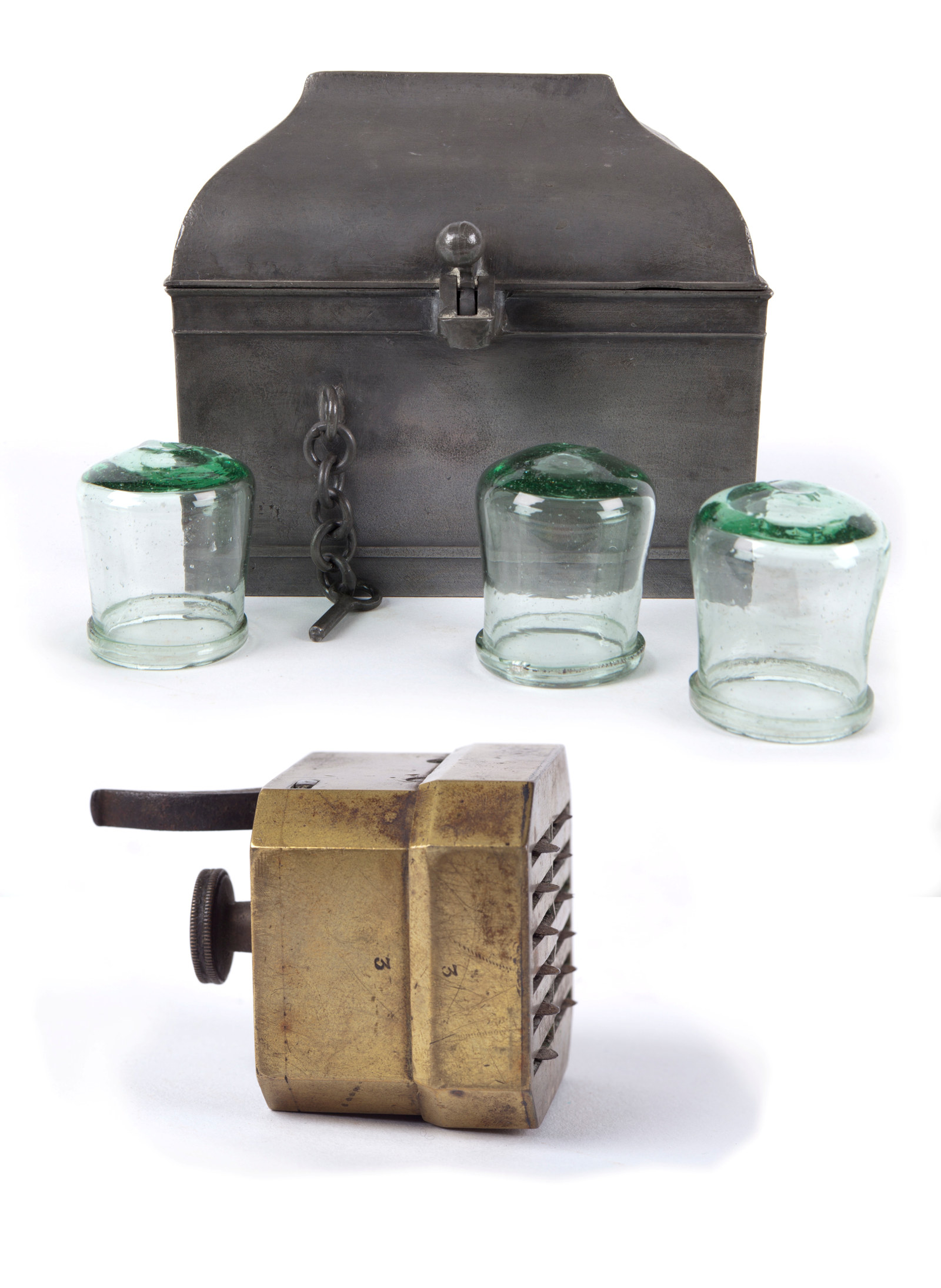
Convict Sydney
Cupping glasses and scarificator
These cupping glasses are of the type that was used in the treatment of convict patients at the General ‘Rum’ Hospital
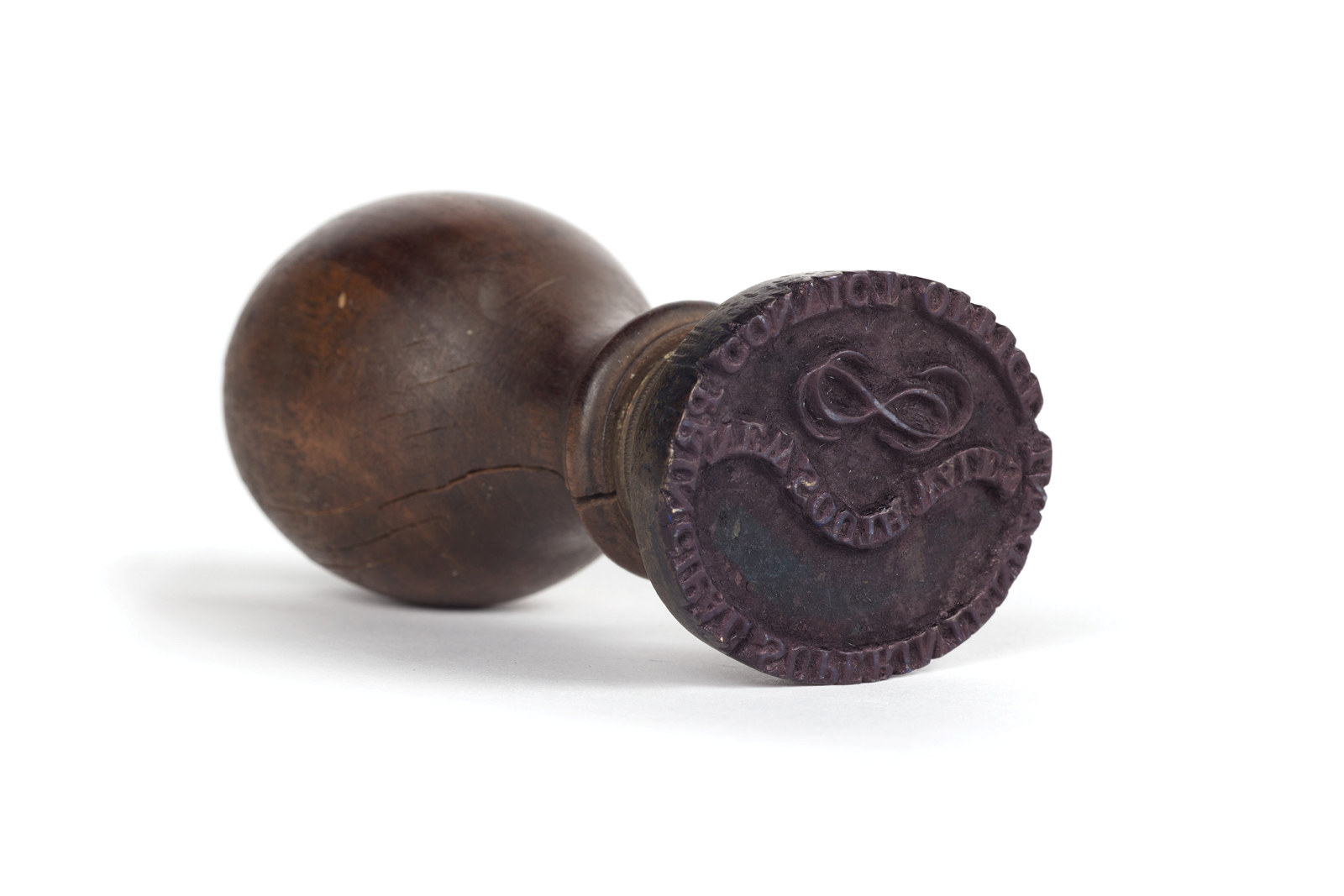
Convict Sydney
Brass stamp
Between 1830 and 1848, the superintendent’s office operated from the Hyde Park Barracks, where this stamp was most likely used on official documents and ledgers
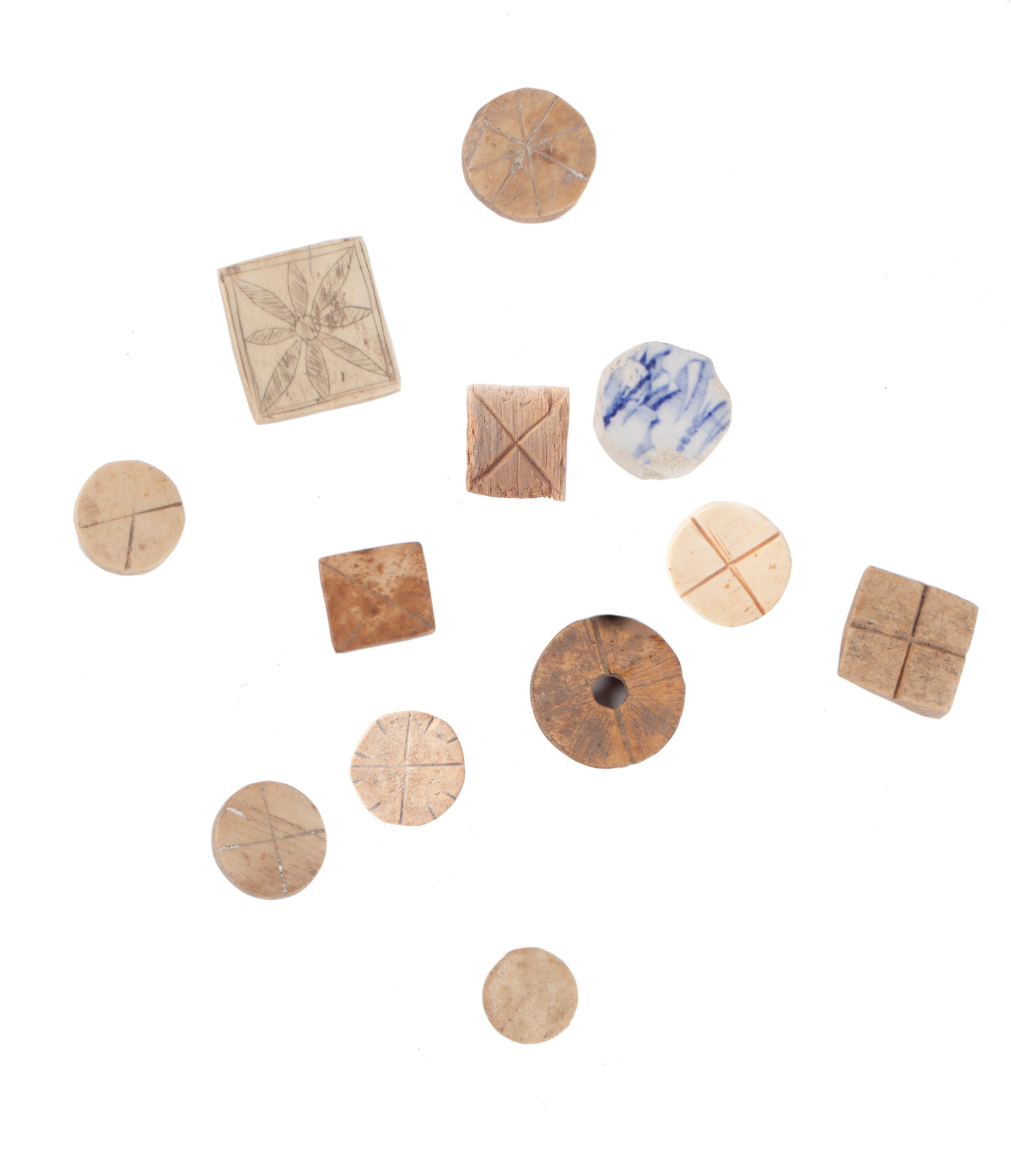
Convict Sydney
Convict gaming tokens
These bone, ceramic and wooden gaming tokens appear to have been hand-carved by convicts from rubbish scraps and animal bones saved from their meals
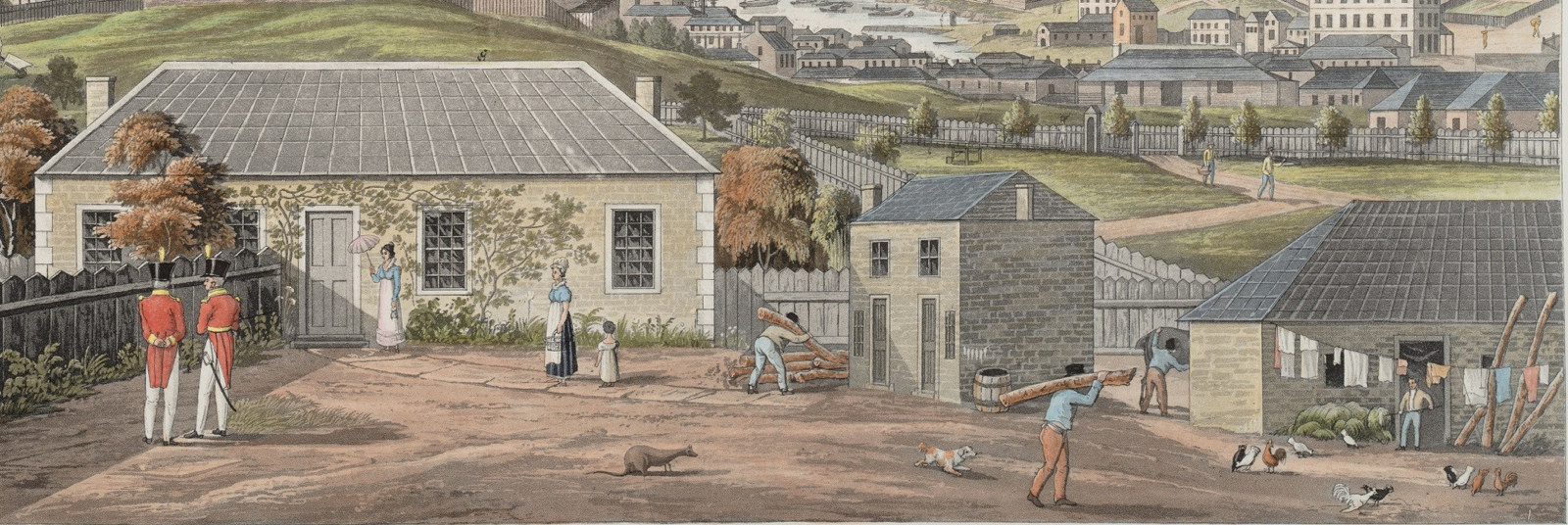
Convict Sydney
What was convict assignment?
‘Assignment’ meant that a convict worked for a private landowner
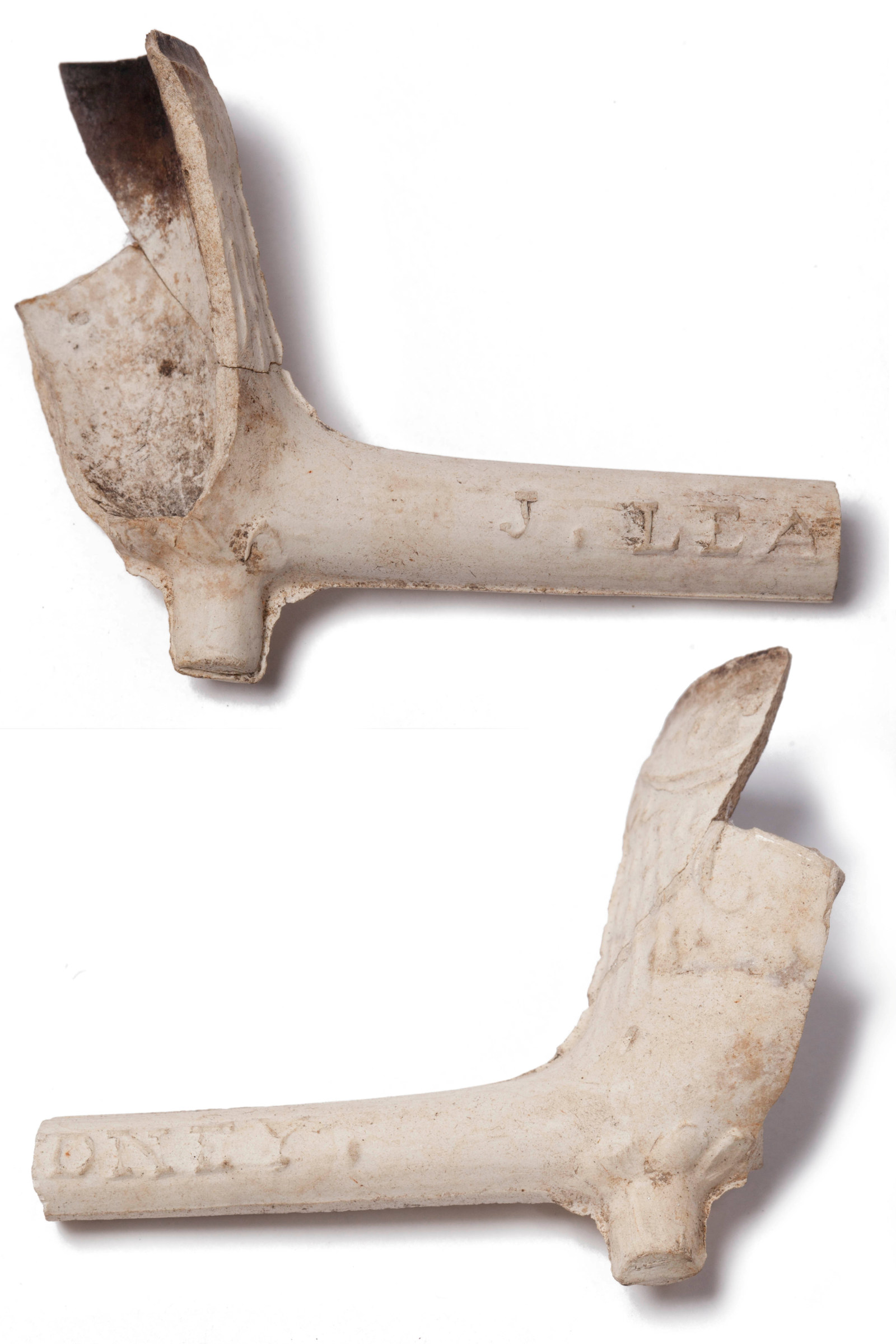
Convict Sydney
Clay tobacco pipe
1,500 fragments of convict-era clay tobacco pipes were recovered by archaeologists from the Hyde Park Barracks
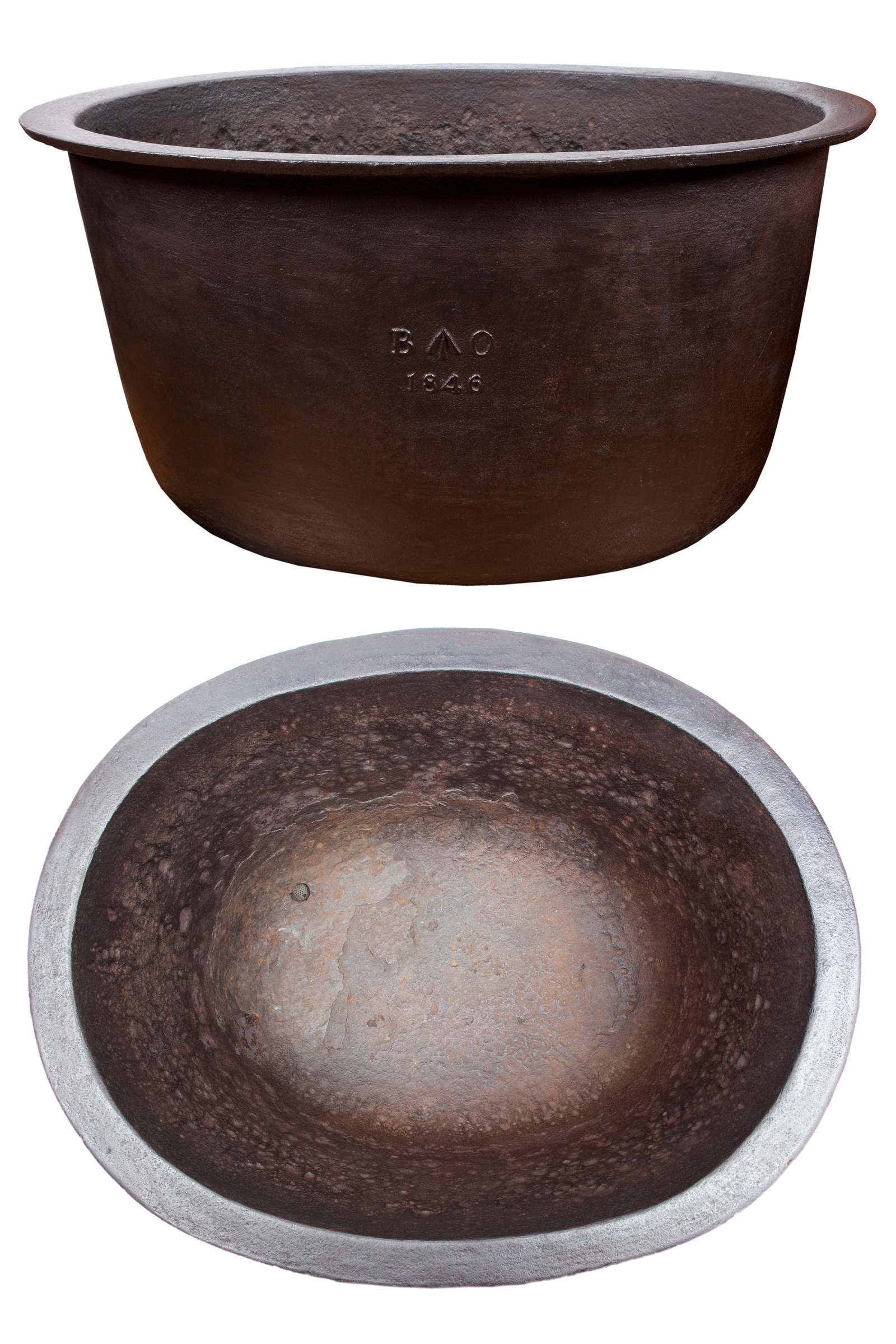
Convict Sydney
Cooking cauldron
The watery stew eaten by convicts at the Hyde Park Barracks was boiled in giant communal cast-iron pots